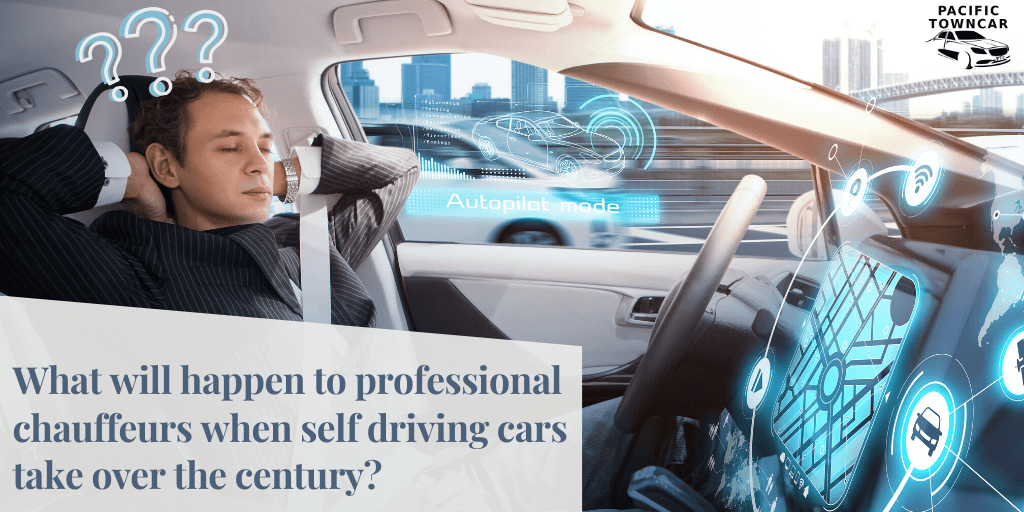Imagine waiting for your car and finding that it arrives right on time though there’s no driver to navigate the roads. You simply board the car, key in or speak about your destination into the car’s interface, and then sit back to relax and take a quick nap, or surf the web, or read a book by your favorite author. While you do this, the car will drive itself to your desired destination. Though it may sound like science fiction, self-driving vehicles are set to hit the roads soon with the promise of radically changing what it takes to travel from point A to point B. This may sound impossible today when you rent a luxury limo service in San Francisco, CA and get a chauffeur of your own to drive your around.
For centuries, driverless cars have been talked about a lot. And it’s not just the modern age where human interest piqued for such vehicles. If you travel back in time to the late 1400s, you’ll find the plan of a hypothetical self-driving cart that was sketched out by Leonardo Da Vinci. Before the 1930s when mechanical autopilots for airplanes made an appearance, the mere thought of such a system was considered to be a wild dream. All these go on to show what seems like a fantasy could become a reality in the future. Since some self-driving cars are already being tested before their release on the roads, the prediction of them becoming a reality is set to happen soon.
Some auto experts say that in the domain of personal transport, the emergence of autonomous vehicles would be the most significant potential change since cars replaced horse-drawn carriages. By 2025, this potential disruption is expected to grow into a market estimated to be $83 billion, says Frost & Sullivan – a leading research and consulting firm.
1- What industry leaders are doing about automation in self-driving cars?

The F 015 Luxury in Motion is a visionary research vehicle of Mercedes. This car isn’t just a means of transport. Rather, it’s designed and tested to help it grow beyond its primary role and ultimately evolve into a mobile living space. Mercedes says this vehicle is a display of visionary ideas intended to make autonomous driving a reality on the roads in future. The F 015 Luxury in Motion is designed to communicate with its surroundings both acoustically and visually. The vehicle’s acoustic communication range includes both sounds and precise verbal instructions. The car comes equipped with huge LED displays at the rear and front in addition to a laser projection system directed toward the front, all of which are responsible for the visual communication part.
Tesla’s Autopilot is a sophisticated driver-assistance system that has features like self-parking, autonomous navigation on limited access freeways, lane centering, the ability to switch lanes automatically, adaptive cruise control, and the ability to call the car from and to a garage or a parking spot. However, all these features are available for use in the presence of and under the constant supervision of the driver. All new Tesla cars today come with standard advanced hardware equipped to offer Autopilot features. The company says it will use software updates to improve functionality in its cars over time and release full self-driving capabilities sometime in the future.
In July 2019, Daimler (the manufacturer of Mercedes) and BMW announced a new partnership to develop autonomous driving. It was announced that about 1,200 technicians from both these companies will work together to develop self-driving technology including automated driving on highways, driver-assistance systems, and automated parking. Both these German auto giants said the technology will be of SAE level 4. For those wondering what it is, Society of Automotive Engineers (SAE) levels establish the automation capabilities of vehicles on a scale of zero to five. Vehicles specified to level 4 are capable of intervening in case there’s a system failure or things go wrong. Such vehicles can perform all functions on their own though a manual override is made available to a driver.
Autonomous car service in San Francisco, CA could still be far away but interesting news in the sphere has already started coming up. Apart from the steps taken by the big names in the industry like Mercedes, Tesla, and BMW, other players too are trying to make their contribution in the field count. For example, in February 2020, Nuro came to the forefront as the first U.S. company that got a self-driving vehicle exemption. For those wondering what this means, FMVSS (Federal Motor Vehicle Safety Standards) at present need cars to have basic human controls such as steering wheels, side-view mirrors, pedals, etc. In case a proposed new vehicle fails to comply with all existing FMVSS, manufacturers of that vehicle can seek an exemption. Nuro is the first American autonomous-vehicle maker to have got that exemption. The driverless car in question is named R2. After it receives approval from both the NHTSA (National Highway Traffic Safety Administration) and the USDOT (United States Department of Transportation), which should take just a couple of weeks, R2 will start its public tests in Houston, Texas.
As the automobile industry is set to being revolutionized by self-driving cars, the limo industry too may experience the surge of such cars sometime in the future. This is especially true if the uber-rich patrons of limos show a penchant for such technology. Though it may seem to be a far-fetched dream to someone renting a luxury limo service in San Francisco, CA today, it could soon turn into a reality.
2- What all these mean for professional chauffeurs?

People are excited to finally see self-driving cars hit the road. Such vehicles would let them relax, take a nap, talk to fellow passengers, enjoy a glass of champagne, read a book, listen to music, and do much more while they are driven to their desired destination. Though some predict that engineers working on the futuristic technology of self-driven cars will soon remove the human element from the equation, some incidents have shown that it’s not yet time to ignore the human drivers in the realm of automated driving. So, if you thought that an automated luxury limo service in San Francisco, CA in the future would have no professional chauffeurs, think again because the human element is likely to stay. Wondering why? Because the automation in vehicles is still touted as a tool for assisting the driver and not replace him/her. Some accidents in the recent past show that drivers are still important for self-driving cars and their momentary lapses in judgment or distraction can cause fatal accidents.
Take the accident involving Tesla’s Model X SUV that happened on March 23, 2018. The vehicle had its Autopilot feature turned on when it crashed into a highway lane divider. The impact made it burst into flames. The driver died at the hospital shortly afterwards. Based on data retrieved from the crashed car, it was found that the driver’s hands weren’t placed on the wheel for six seconds before the impact. It was revealed further that earlier during the drive too, the driver was given several visual warnings and one audible warning to place his hands back on the wheel.
Another accident involving a self-driven Uber happened in March 2019 when a pedestrian (49-year-old Elaine Herzberg) was hit and killed in Arizona. Investigation into the crash conducted by National Transportation Safety Board (NTSB) found the safety driver (Rafaela Vasquez) responsible. It was reported that Vasquez was streaming an episode of “The Voice” on her phone (in violation of Uber’s policy that bans the use of phone). It was found that her eyes were fixated on her phone and away from the road for more than a third of the total time she was in the car up until the instant of the crash. Vasquez was blamed for having failed to check the driving environment and the maneuver of the automated driving system as she was visually distracted all through the trip by her cell phone. And it was her failure as a supervisor for the automated driving system that was declared as the primary cause of the crash and Elaine’s death.
The above incidents reinforce the fact that professional chauffeurs in limos would still be indispensable. Since automation is likely to fail at least some of the time, chauffeurs would need to be quick enough to intervene, sometimes even anticipating inevitable automation glitches and acting before the situation goes out of their hands. Another factor to consider is that this futuristic technology and the self-driven prototypes using them are usually supported by teams of engineers committed to keeping that single vehicle safe on the road. When a huge number of self-driven cars get on the road, it would be impossible to allot high-tech pit crews for each to ensure the vehicle’s safety. In such a scenario, chauffeurs would be the one responsible for the passengers’ safety. So, if you thought your luxury limo service in San Francisco, CA would soon arrive sans the chauffeur, don’t worry because that day won’t be sometime in the near future.

